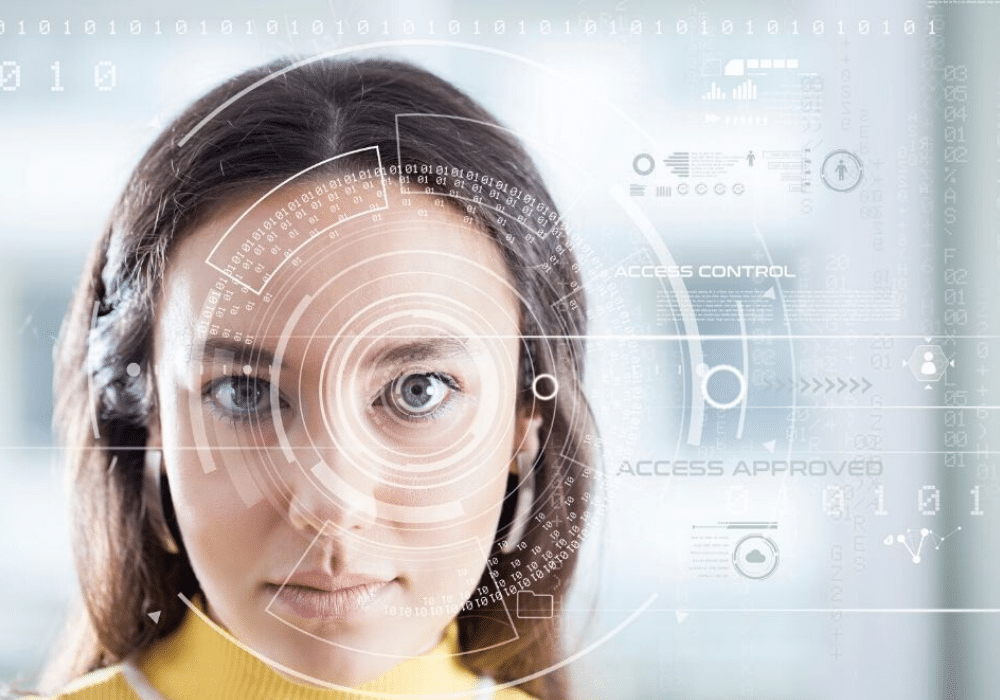How Do We Solve the Biometrics Security Puzzle?
Refining biometric technologies is critical to a future where every point of physical contact is considered a possible health risk.
Once the preserve of only the highest security environments, biometrics have become steadily more popular in general building-security management as the technology has become increasingly affordable and accessible. But as a new era of heightened hygiene emerges, facilities managers will need to ensure that biometric identification systems are adapted to remain effective without becoming a source of fear or frustration.
Concerns around biometrics in 2020
The benefits of biometric security are well proven, including a reliable system of authentication that prevents sharing or theft of credentials, reduced friction at a building’s point of entry, and increased quality of security tracking and accountability.
Biometrics deliver a seamless experience that is convenient, efficient and scalable for any organisation, with easier centralised management of enrolment and access for facilities teams than passcode or RFID systems.
However, so much has changed in 2020. A new set of concerns has taken centre stage when it comes to health and safety in the workplace. When even shaking hands could become a relic of business relationships, anything that requires physical contact is a cause for alarm. It’s important for every facility management team to proactively prepare their building environment for the concerns of the most conscientious business leaders and staff members.
In biometrics, the biggest hygiene concern is around fingerprint scanners. This technology is a deeply physical biometric identifier, which makes it a big potential vector for viral transmission. Of all biometrics in use today it is also the most widespread.
America’s National Institute for Standards and Technology (NIST) conducted studies on the viability of contactless fingerprint scanning, publishing a report in 2016 that addressed the speed and hygiene concerns of traditional ten-print capture. Flagging capture distortion and fidelity problems with the effort to capture fingerprints at a distance, the Cooperative Research and Development Agreement (CRADA) program was created to establish industry collaboration on building effective technology in this space that could operate based on open standards.
This is not yet a solved problem at a commercially accessible level, but it could be accelerated in the new environment given all that has changed in such a short period of time.
Hygiene solutions
The second area of exploration is toward enhanced cleaning systems that sanitise the station after each use. Manual cleaning can become an impediment to speed, and to reliability if cleaning fluids are not managed well and pool on a device, or impact on the optical systems.
A report from The Biometrics Institute called for submissions from the industry to explore options for improving the safety of biometric security in a pandemic and it drew a number of interesting options for exploration.
Some solutions looked to the use of UV-C lighting to sterilise fingerprint scanners as this light destroys the virus after short periods of exposure. UV light can cause harm to human skin with prolonged exposure, but system designs looked at ways to produce closely directed light sources with minimal exposure to human skin. Such a system could be retrofitted to existing sensors to ensure that existing investments are supported instead of superseded.
Other solutions looked to produce new device designs with better surfaces for regular cleaning. The aim would be to create larger flat surfaces with smooth edge-to-edge bezel-free designs, to make fast cleaning easy.
Given fingerprint scanners are some of the most widespread in current use, it’s important for facility managers to talk to relevant vendors about new best practice for cleaning and any retrofit technology that may be on its way to deliver practical results as fast as possible.
Facial recognition – the way forward?
Facial recognition is likely to be the best fit for new install biometric technology for the current environment, given its natural fit for contactless readings with high efficiency. Mask wearing has been looked at as a potential area of concern, but this is mostly related to usage in personal devices where regular unlocking is required. For building access systems, briefly pulling down a mask to allow a clear reading is a comfortable procedure that does not need to be repeated constantly throughout the day.
Another option for safe biometric security is iris recognition, which overcomes even the problems of wearing a mask in a facial recognition system. Modern systems are entirely contactless and even work through eyewear, including sunglasses and contact lenses, so it has the potential to be an ideal contactless technology for many purposes. However, there are still problems with implementation at high-traffic building entry points where fast readings are required.
There is no magic bullet, with every option having its pros and cons, but the industry is certainly on alert. Every building manager who already includes biometrics, or any who are considering installations soon, must quickly get on top of the latest research and rapidly evolving discussions around improving hygiene and effectiveness of best-fit tools. Only with the right adjustments can the community that revolves around your facilities feel confident and safe using biometric security in a post-COVID world.
This article was originally published by our sister event, Total Facilities, click here to visit their website.
To read more articles like this or to stay up to date with industry, subscribe to the Security Focus Newsletter and receive monthly updates.
-
Stay up to date with the latest news and Security updates.
- Subscribe

